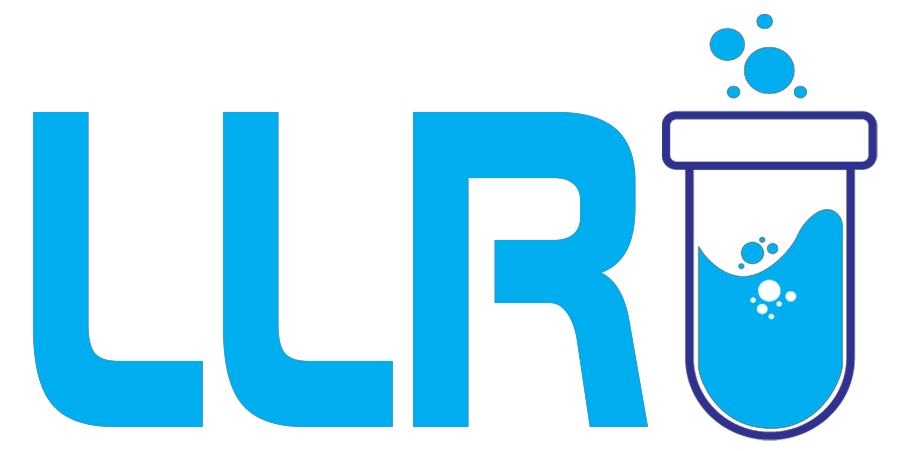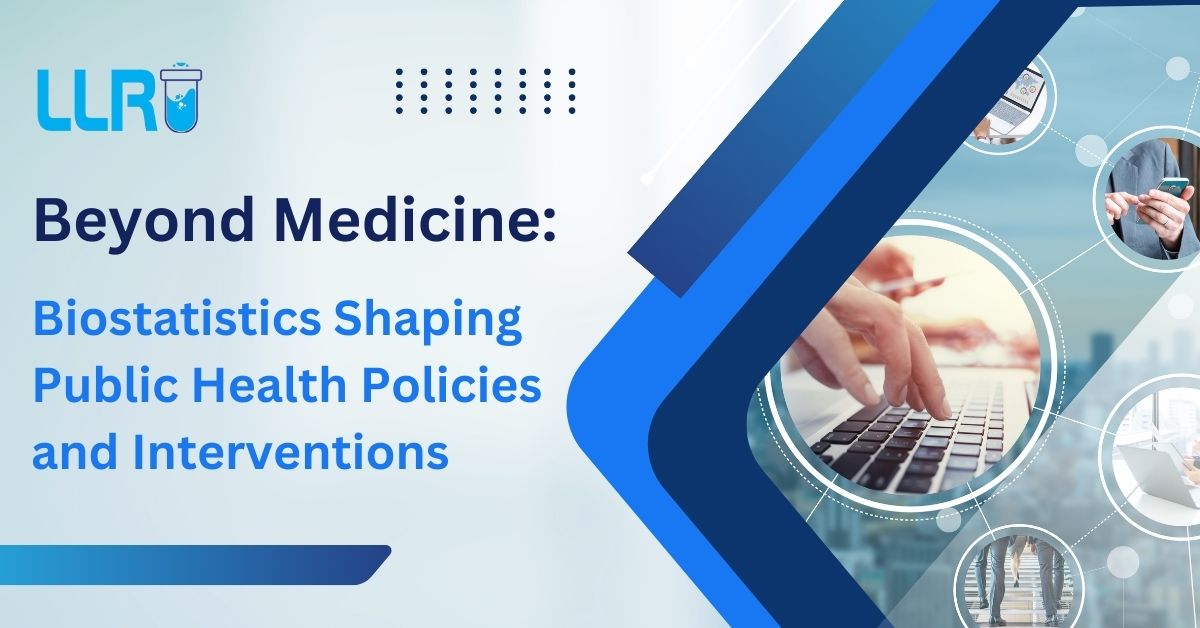Biostatistics is a fascinating space where biology meets statistics and this dynamic field plays a crucial role in decoding the complexities of biological data. The demand for both biostatistics professionals and biostatistics courses is rising. If you’re interested in a biostatistics career and curious about the applications of biostatistics, this blog is worth a read.
Applications of Biostatistics in Healthcare, Epidemiology, and Beyond
1. Clinical Trials
One of the most critical applications of biostatistics in healthcare is seen in the design and analysis of clinical trials. Biostatisticians ensure that trial results are valid and reliable, which is essential for evaluating the safety and effectiveness of new drugs and treatments. Through statistical techniques, they analyze patient data and provide insights that support evidence-based medical decisions.
2. Epidemiology
Among the key applications of biostatistics in healthcare, epidemiology stands out as a major field. Biostatisticians support epidemiologists in studying the distribution and causes of diseases within populations. They use statistical models to identify risk factors, analyze trends, and assess intervention outcomes, crucial for disease prevention and public health planning.
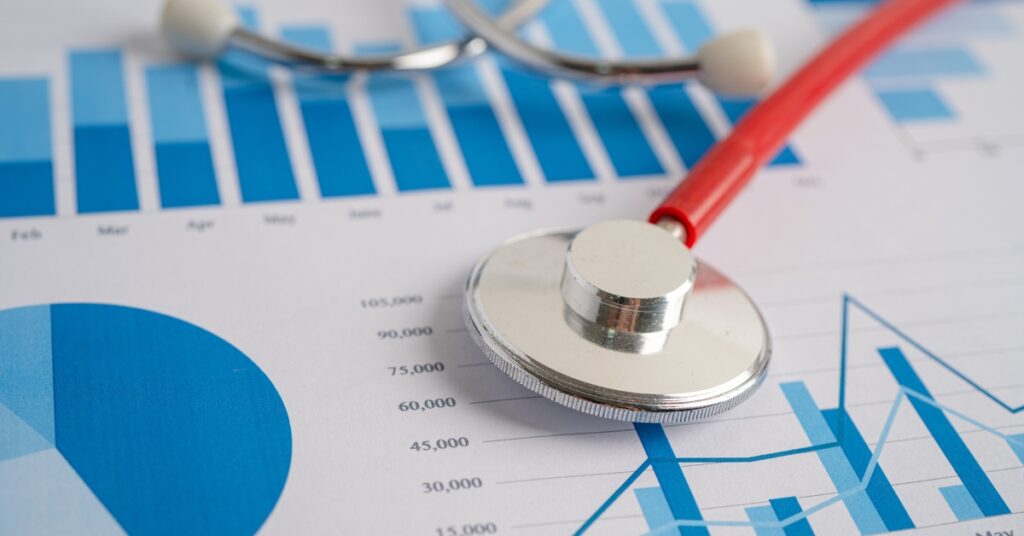
3. Genetics and Genomics
The applications of biostatistics in healthcare extend to genetics and genomics, where massive datasets are analyzed to understand the genetic basis of diseases. Biostatisticians help identify gene-disease associations, interpret heritability patterns, and study complex genetic interactions. These insights are vital for advancing personalized medicine.
4. Public Health Policy
In shaping public health policy, the applications of biostatistics in healthcare and epidemiology are extremely valuable. Statistical analysis of health data helps measure the effectiveness of health programs, highlight health disparities, and provide data-driven recommendations for policy development and implementation.
5. Environmental Health
Another growing area where we see the applications of biostatistics in healthcare is environmental health. Biostatistical methods help researchers assess how air quality, water contamination, and other environmental factors affect human health. This information guides regulatory standards and preventive healthcare strategies.
6. Bioinformatics
In the field of bioinformatics, the applications of biostatistics in healthcare are crucial for handling and analyzing biological big data. From genomics to proteomics, biostatisticians develop models and algorithms that help decode complex biological information, enabling innovations in drug discovery and personalized therapies.
7. Quality Control in Healthcare
Quality assurance is another area that reflects strong applications of biostatistics in healthcare. Statistical tools are used to monitor medical procedures, evaluate diagnostic test accuracy, and identify performance gaps in healthcare systems. This ensures continuous improvement in patient care and service delivery.
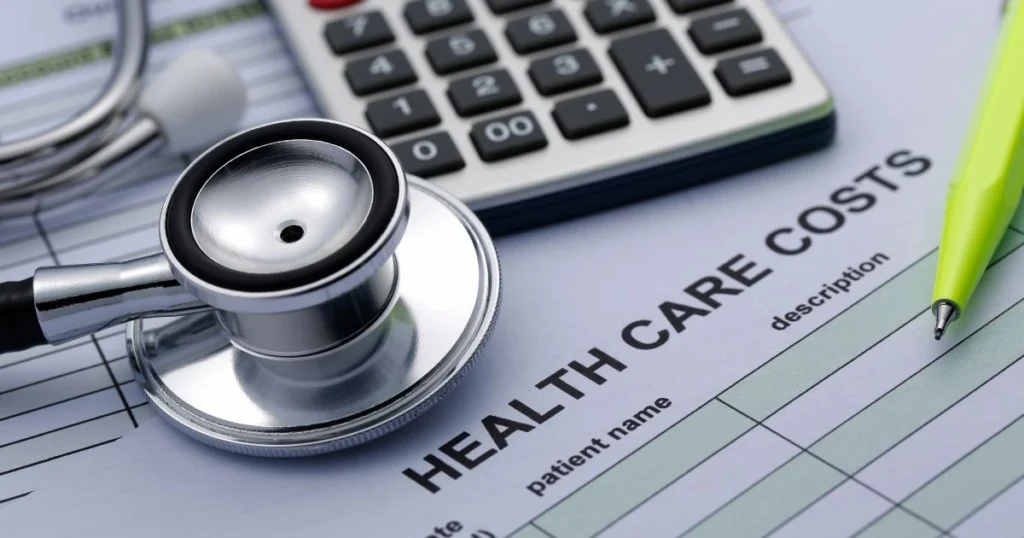
What Is Biostatistics’ Relationship to Nursing?
Proficiency in statistical principles equips nurses to understand and evaluate healthcare research effectively. This knowledge supports active participation in clinical studies and enhances communication of data-driven insights with both patients and healthcare professionals. The analytical foundation of biostatistics aligns well with advanced nursing practices, helping create efficient care models and personalized treatment strategies. In this context, what is biostatistics relationship to nursing becomes clear – that is, it enables nurses to contribute meaningfully to research, improve care outcomes, and elevate the overall quality of healthcare delivery.
What is Predictive Modelling in Biostatistics?
In public health, predictive modeling is a pivotal aspect of biostatistics. This statistical process utilizes existing data to forecast future events, uncovering patterns and trends. Applied in epidemiology, it extends to screenings for individuals prone to specific diseases. Take breast cancer, for instance, where factors like age, race, family history, and more are analyzed to gauge the risk. Predictive modeling plays a crucial role in preventing breast cancer-related deaths by identifying individuals who may need preventive or treatment measures. Beyond cancer and pandemics, this approach extends to various public health concerns, showcasing its versatility in foreseeing and addressing health challenges.
Why Use Biostatistics in Public Health Ventures?
Applying biostatistics to public health is crucial for informed decision-making by healthcare leaders, researchers, and policymakers. Here’s why biostatistical data is convincing:
Operational Viability: Biostatistics provides the necessary data to assess the operational feasibility of new ideas and initiatives. It helps in making informed decisions about acquisitions, tool prototypes, and hiring strategies, setting the parameters for project scopes and methodologies.
Guarding Against Bias: Biostatistical studies undergo rigorous examination to detect and eliminate bias. Public health’s commitment to equitability ensures that data collection processes are designed to be fair and objective, preventing unfair conclusions.
Protecting Data Subjects: Biostatistical researchers prioritize the protection of data subjects. Personal information collected for public health research is anonymized and safeguarded, addressing privacy concerns and mitigating risks associated with unsecured data.
In essence, biostatistics not only informs decisions but also upholds principles of fairness, privacy, and ethical data handling in the realm of public health.
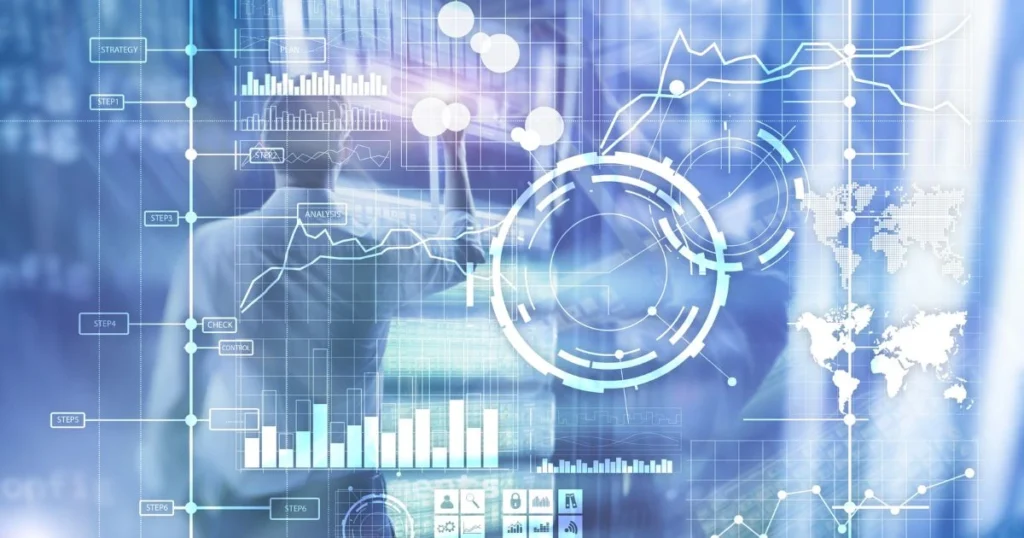
Conclusion
No doubt biostatistics is a field filled with opportunities to contribute to advancements in medicine, public health, and life sciences. The applications of biostatistics mentioned above provide just a glimpse of the diverse and impactful roles biostatistics plays in shaping our understanding of the biological world. If you master the tools and techniques of biostatistics, you can not only build a rewarding career but also contribute to improving global health.
So, are you ready to start your biostatistics career? Connect with us Today!
